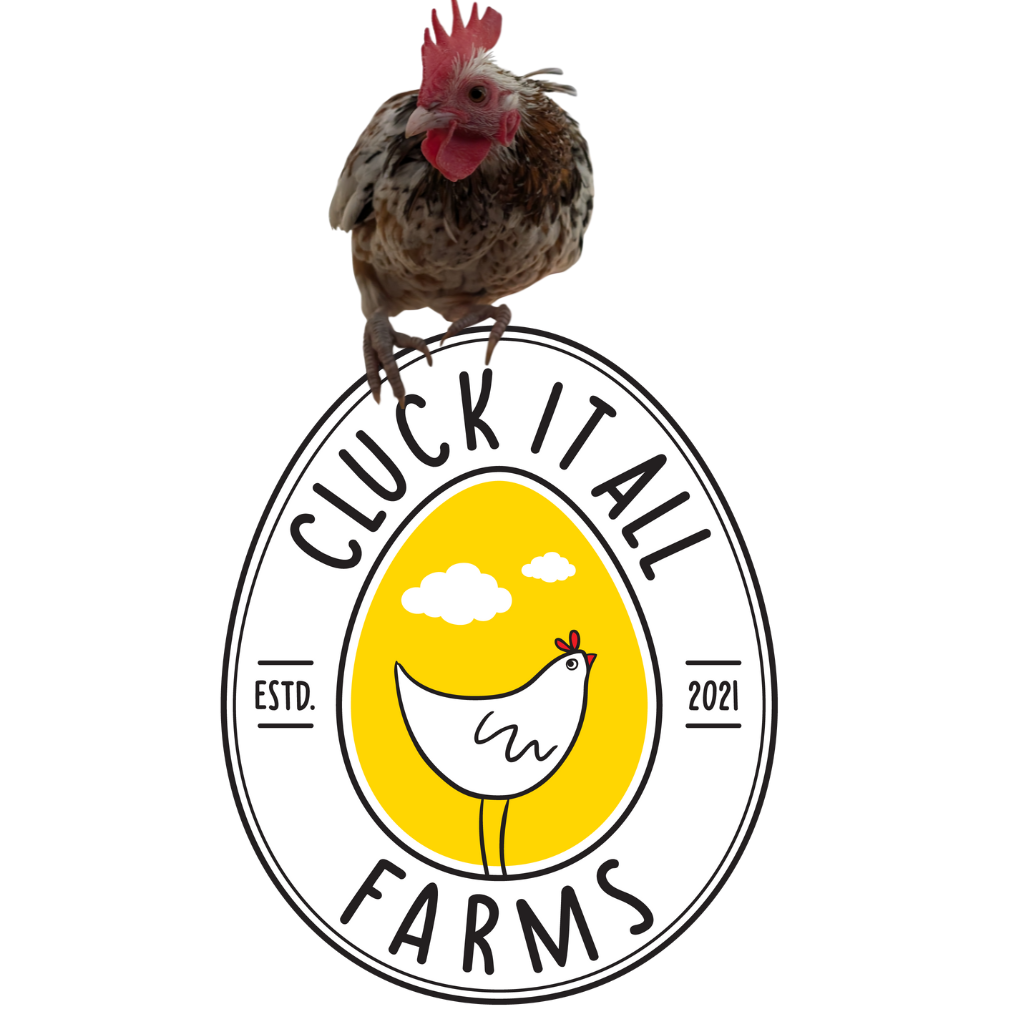Welcome to Just Cluckin’ Around! If you're searching for the best cold-hardy chicken breed, look no further than the Hedemora hen. This Swedish landrace chicken has been thriving in harsh winters for centuries, thanks to its dense, insulating feathers and strong adaptability. With a rich history, unique feather variations, and a reputation as a hardy heritage breed, the Hedemora hen is a one-of-a-kind addition to any backyard flock.
A Wedding Gift Like No Other
Move over, fine china—Swedish newlyweds of the past got something much better: a Hen-demora! (See what I did there?)
For generations, Hedemora hens were gifted to brides as a symbol of prosperity, fertility, and a happy home. These weren’t just pretty farm birds; they were living, clucking heirlooms, passed down through generations as part of Swedish tradition.
From the Brink of Obscurity to a Conservation Comeback
Like many heritage chicken breeds, the Hedemora hen nearly vanished—until one woman stepped in to help. In the 1980s, Viola Forsberg of Sandviken recognized the breed from her childhood and located the last remaining flocks near her family’s farm in Trollbo. Thanks to her efforts, the Hedemora hen gene bank was established, preserving this rare chicken breed for future generations.
Today, with ongoing conservation work, Hedemora hens are thriving once again—not just in Sweden, but in backyards around the world.
What Makes the Hedemora Hen a Cold-Hardy Superstar?
Let’s talk feathers, fluff, and fortitude—because these birds are built for survival and style.
❄️ A Chicken Built for Harsh Winters
If you live in a region with freezing temperatures, the Hedemora is one of the best cold-hardy chicken breeds you can own. These chickens have one of the densest plumages of any breed, featuring a thick, downy undercoat that acts as natural insulation against the cold.
Some even have woolly feathers, a rare genetic trait similar to Silkie chickens, giving them a soft, fluffy appearance while providing extra warmth.
🦵 Unique Build & Feathering
Hedemoras may be medium-sized, but their wide, sturdy bodies make them look heavier than they actually are.
- Weight: Hens: 1.5 - 2 kg (3.3 - 4.4 lbs) | Roosters: 2 - 2.5 kg (4.4 - 5.5 lbs)
- Legs: Can be smooth or slightly feathered
- Toes: Typically four, but some may have five
- Beak & Bone Color: Varies between individuals
- Saddle Feathers: Well-developed, cupped feathers on their lower backs (almost like a built-in cushion)
- “Wide Pants” Look: Abundant thigh feathers partially cover their legs, creating a fluffy, pant-like appearance
🎨 A Stunning Variety of Feather Colors
Each Hedemora hen is genetically unique, with plumage variations including:
✔ Blue (gray)
✔ Black
✔ White or nearly white
✔ Wild or wheat-colored (less common)
Their neck and saddle feathers often feature a beautiful blend of colors, making every bird a one-of-a-kind masterpiece.

🏆 Frostbite-Resistant Features
- Combs & Wattles: Small on hens and medium-sized on roosters to reduce frostbite risk
- Coloration: Some birds have black or blue tinges in their comb, face, and wattles—a unique genetic trait
Egg Production & Broodiness
Hedemoras aren’t the most prolific layers, but they’re reliable, cold-hardy egg producers.
🥚 Eggs per year: ~150
🎨 Egg color: Off-white to beige, often with speckles
🥶 Cold-weather laying: Remains stable, even in winter!
Many heritage chicken breeds have strong mothering instincts, and the Hedemora is no exception. About 30-40% of hens go broody, making them a great choice if you want to hatch your own chicks.

Responsible Breeding: Keeping the Hedemora Healthy
As with all heritage chicken breeds, responsible breeding is crucial to maintaining the health and hardiness of the Hedemora hen. Conservationists recommend:
✅ Prioritizing overall health over extreme traits (like excessive feathering or extra toes)
✅ Breeding for hardiness and egg production, ensuring they remain practical farm birds
✅ Maintaining a variety of colors and feather types to keep genetic diversity strong
⚠ Breeding Warning:
Avoid selecting birds only for traits like woolly feathers, strong leg feathering, or five toes—this can lead to genetic shifts that weaken the breed’s natural resilience.
Why the Hedemora Hen Is a Must-Have for Cold Climates
✔ Cold-hardy superstar—one of the best chickens for cold weather
✔ Gorgeous feather varieties—no two birds look alike
✔ A true heritage breed—rich in history and tradition
✔ Strong brooding instincts—great for natural chick-rearing
If you’re looking for a tough, cold-resistant chicken breed with a touch of Scandinavian charm, the Hedemora hen is a perfect choice.
Get Your Own Hedemora Hens!
Good news—we have Hedemora hatching eggs and chicks available! If you’re ready to add these fluffy Nordic gems to your flock, check out our listings today and bring home a piece of Swedish history.




